Point Honda: The Largest Non-War Naval Disaster in American History
The US Navy, just like any other centuries-old navy, has lost numerous ships in the past. But one disastrous event stands out—the sinking of seven ships in an incident know as Point Honda or the Honda Point Disaster.
Just like dozens of other naval accidents in the past, the Honda Point disaster led to the loss of precious ships and human lives. So what’s particularly interesting about this one? Well, let’s find out!
Tragedy Occurs During Peacetime
The Honda Point disaster not only led to the loss of seven ships—23 high-value crew members also perished during the 1923 incident.
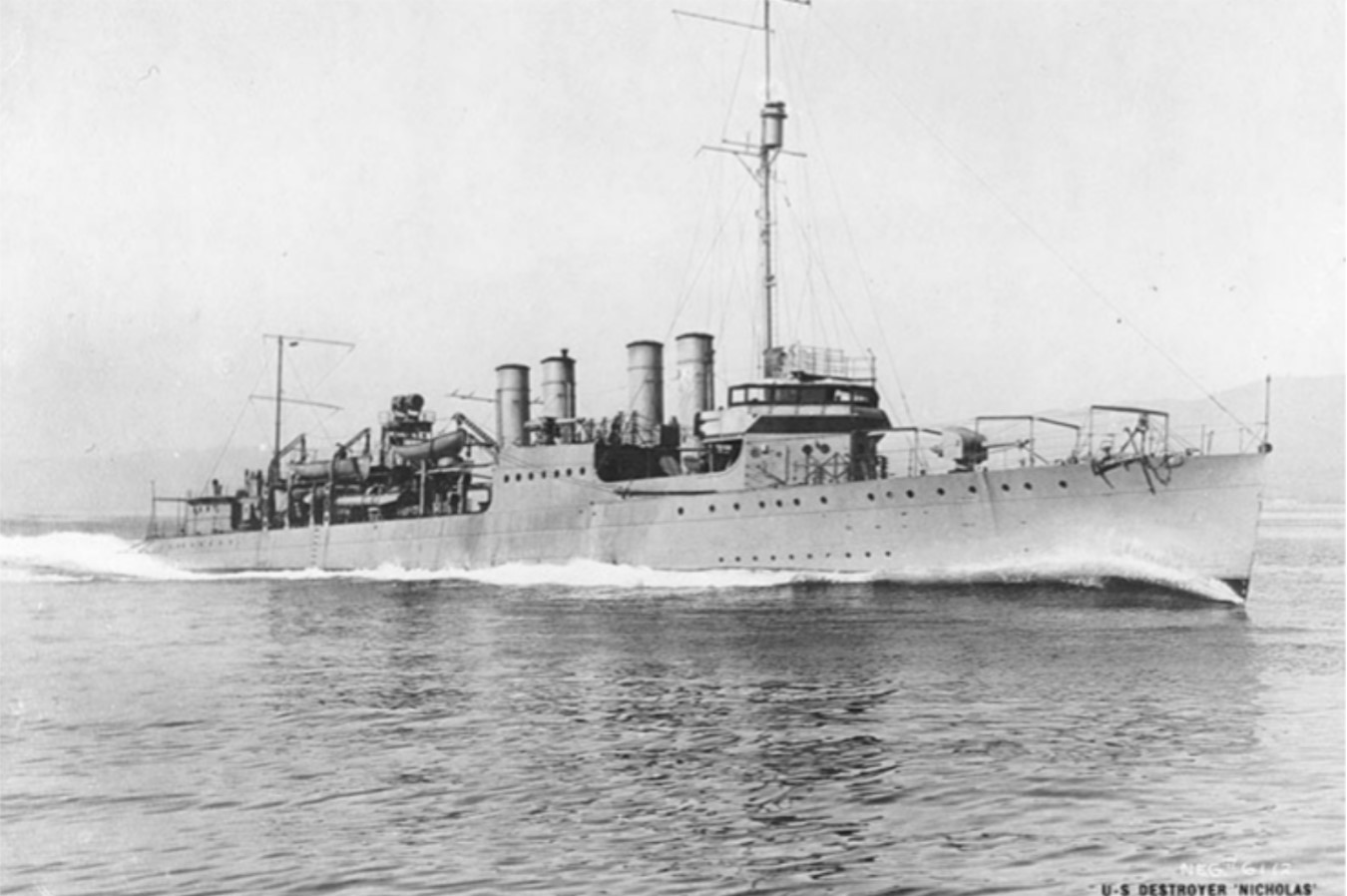
Source: Wikipedia
One intriguing aspect of the tragic event is that it took place in peacetime. So, apart from a hostile confrontation, what could sink seven ships?
Sinking From an Unlikely Culprit
There is a bay of rocks littered across a section of the coast of California hiding beneath the waters. These rocks, though hardly visible from above the sea, are sharp enough to trouble even the most sturdy marine vessels.
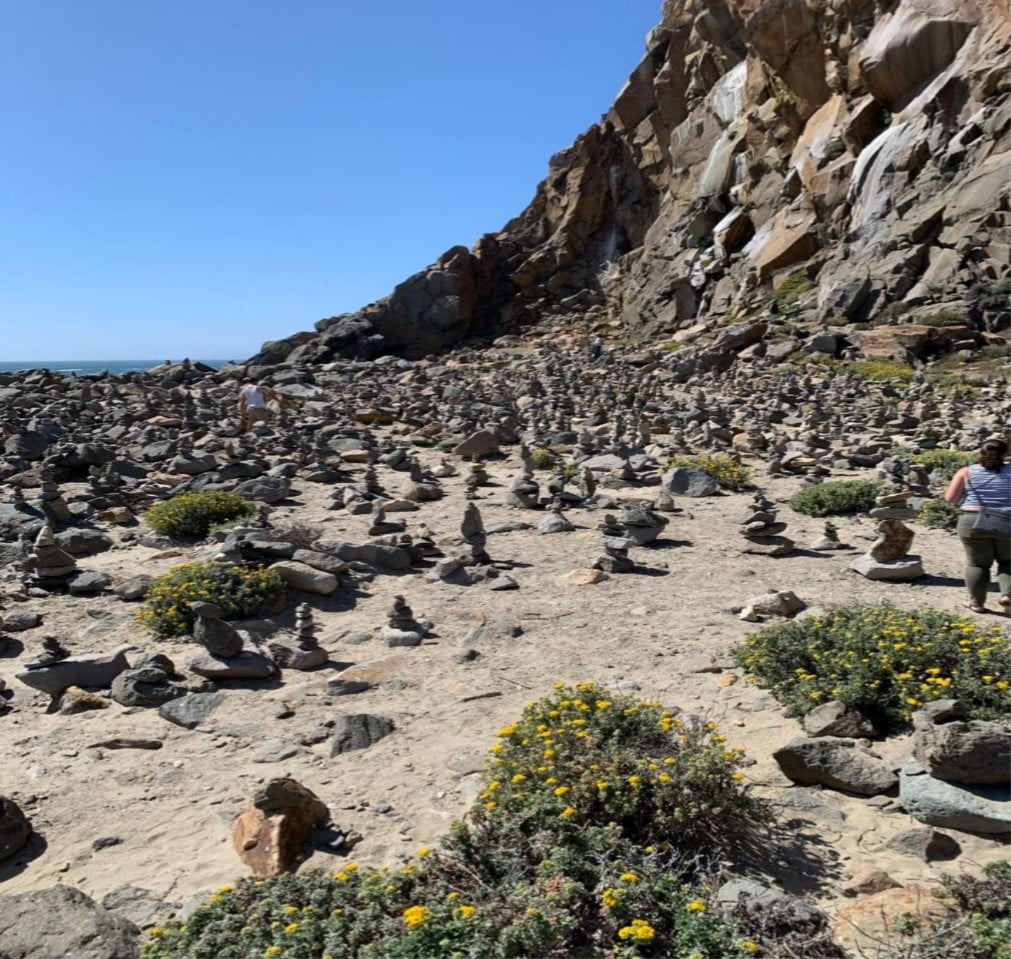
Source: Heteromale4life/Reddit
This problematic stretch of coastline was first discovered by Spanish explorers as far back as the 16th century. The explorers were so sure that this bay of rocks was a ship-sinker they named it “La Mandíbula del diablo,” which translates to “Devil’s Jaw” in English.
Devil’s Jaw Lives Up to Its Name
This bay of rocks was responsible for the sinking of the seven ships in the Honda Point disaster. But this incident wasn’t its only exploit.
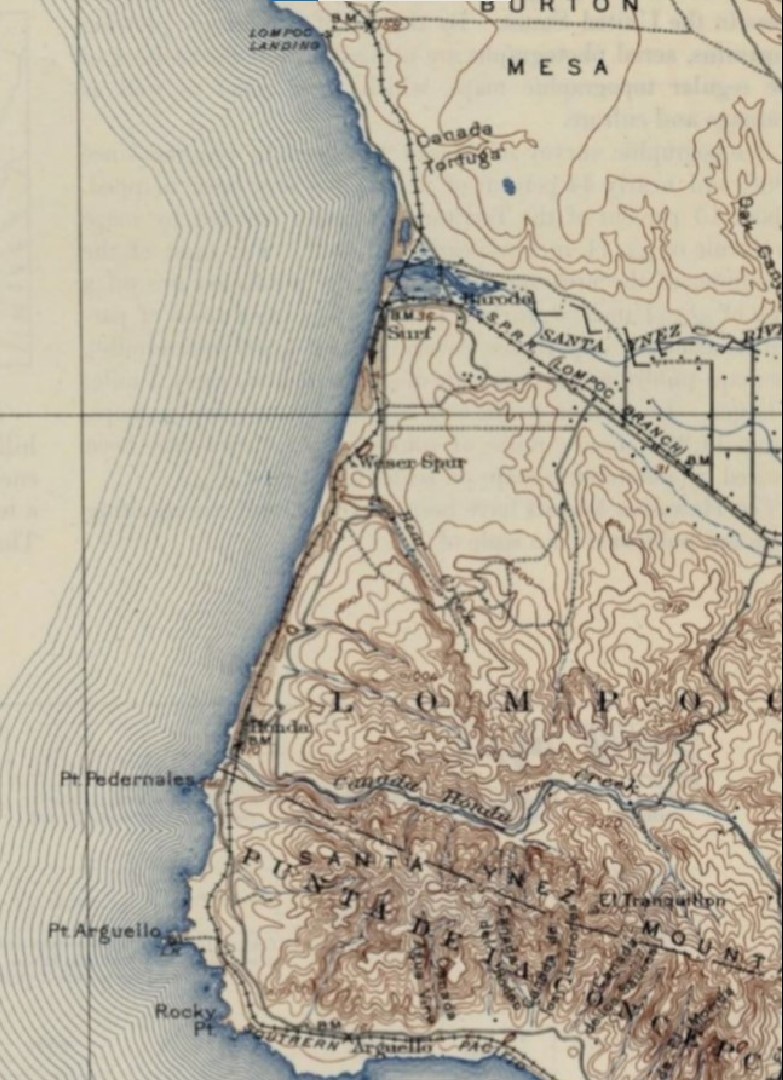
Source: Wikipedia
Previously, in 1854, Devil’s Jaw also caused the toppling of the USS Yankee Blade steamship, one of the steamships specially built to transport gold. The ship lost at least 30 lives and tons of gold.
At Least $13 Million Was Lost During the Honda Point Disaster
The Bay of Rocks incident, nicknamed Honda Point by the locals, occurred on September 8th, 1923. Its casualties, the Navy destroyers, which at that time were the best vessels of their kind, were conducting a military exercise.
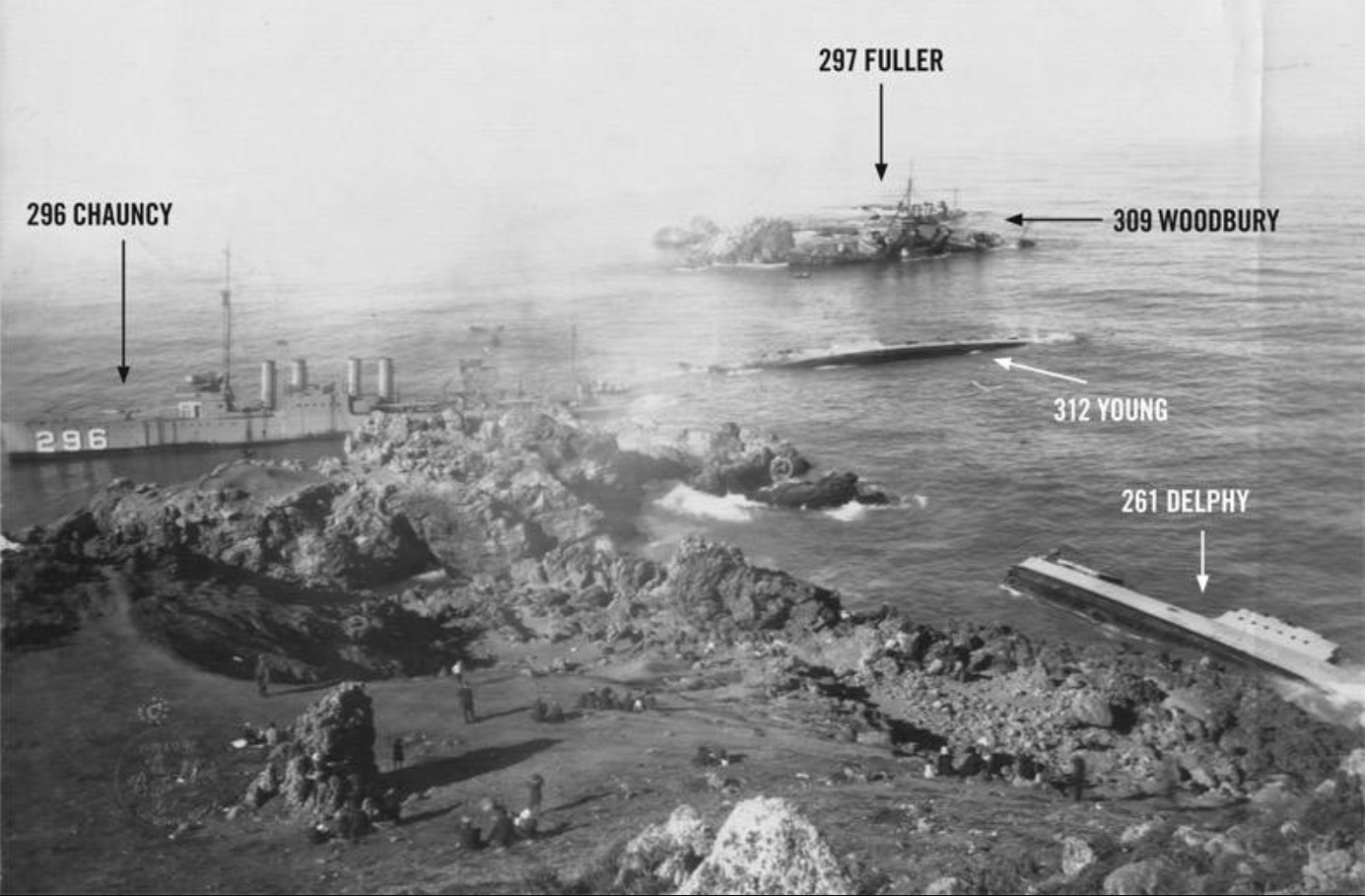
Source: Hardcasekara/Reddit
By the end of the day, Honda Point had damaged precious lives, plus 13 million dollars in public property. The event also sparked one of the largest group court-martials in US Navy history.
Seven Ships Sink as They Head Back Home
The USS Delphy, Woodbury, Lee, Nicholas, Chauncey, Fuller, and Young were part of an armada of ships called the Destroyer Squadron Eleven (DesRon 11). They were led by a highly skilled and reputed commodore, Captain Edward H. Watson.
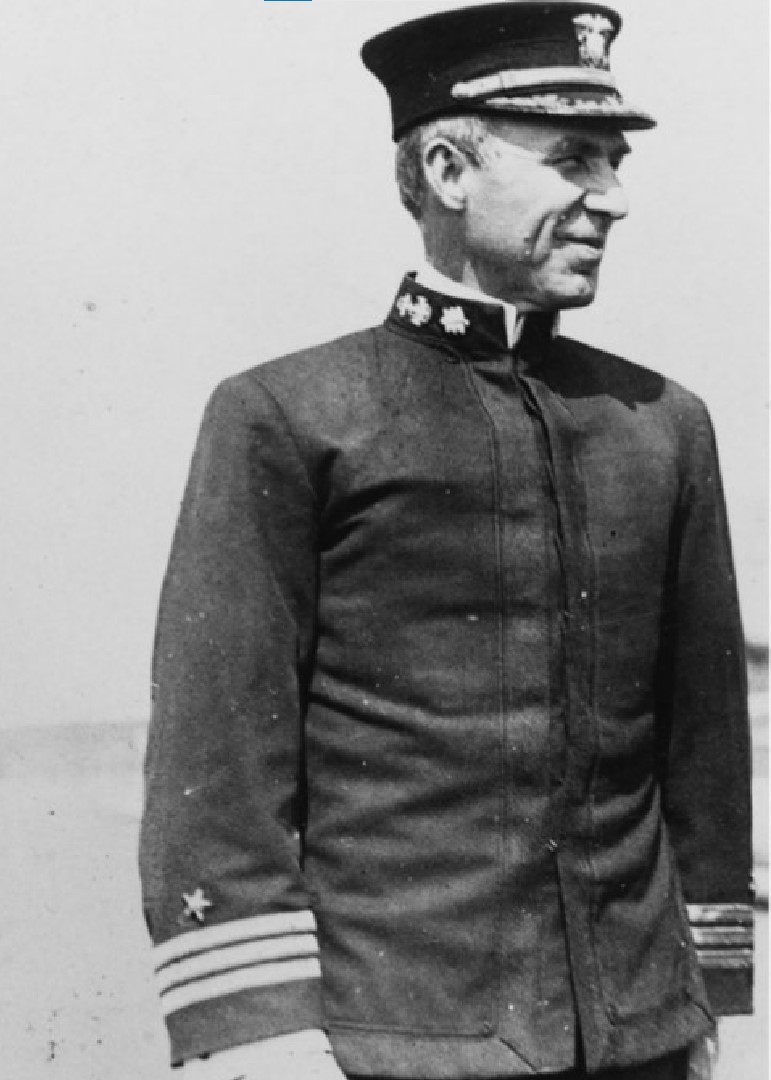
Source: Wikipedia
Everything seemed on course as they headed home after a successful exercise. Unfortunately, they veered into a route that crossed paths with Honda Point, which is now more popularly called “Point Pedernales.”
Full Steam Ahead, Even in the Rocky Bay
The ships were out for a military exercise that aimed to simulate hostile conditions. Even their return trip was part of the drill. The exercise demanded that no ship slowed down till they were back at base.
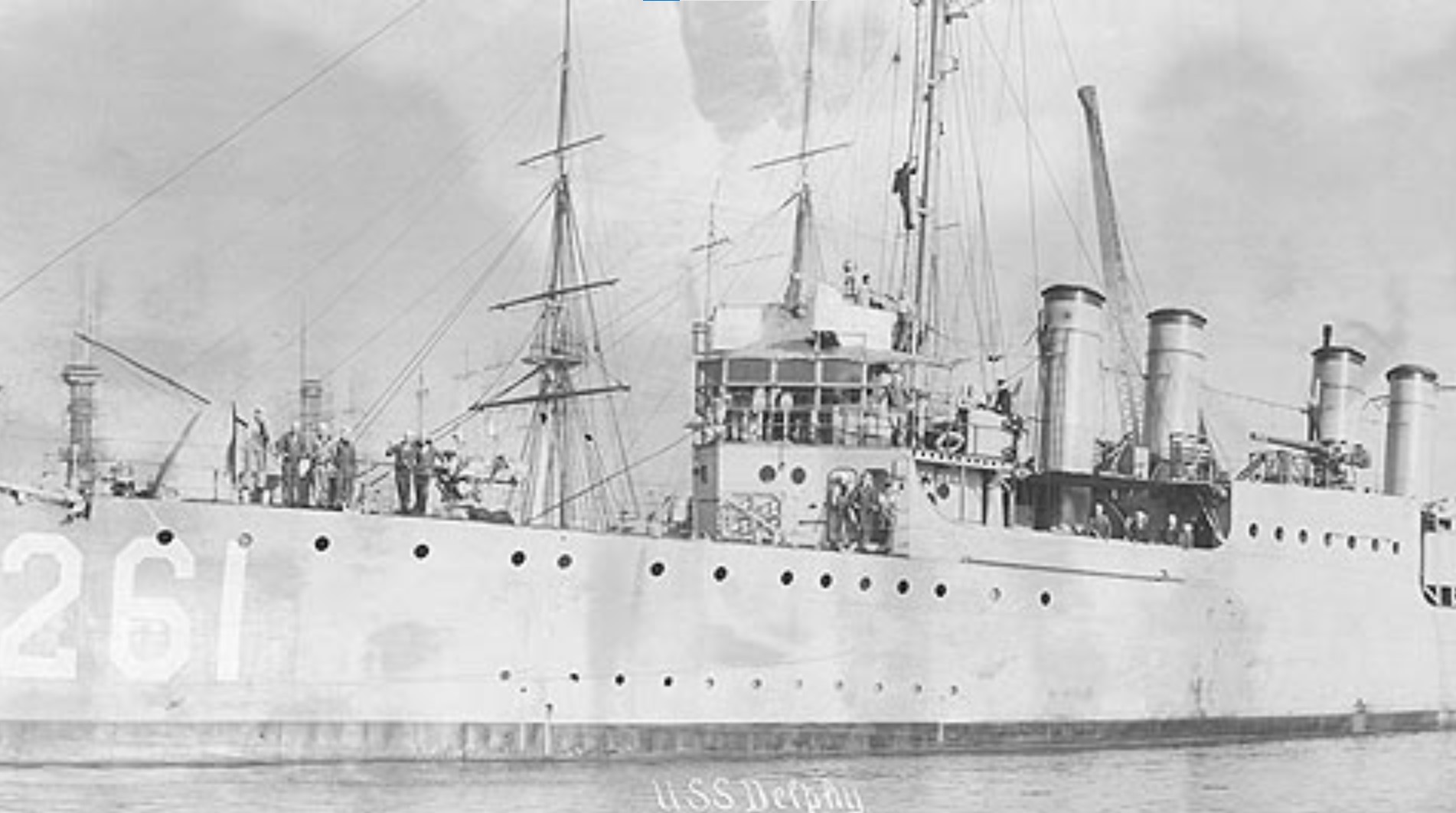
Source: Wikipedia
So, even in the midst of trouble, they maintained the 37 km/hour speed. They also ignored warning signals from the radio navigation team because they assumed the signals were sent in error.
Darkness and Heavy Fog Make Matters Worse
Another major contributor to the incident was the lack of visibility from the darkness that fell and the heavy fog that soon followed.
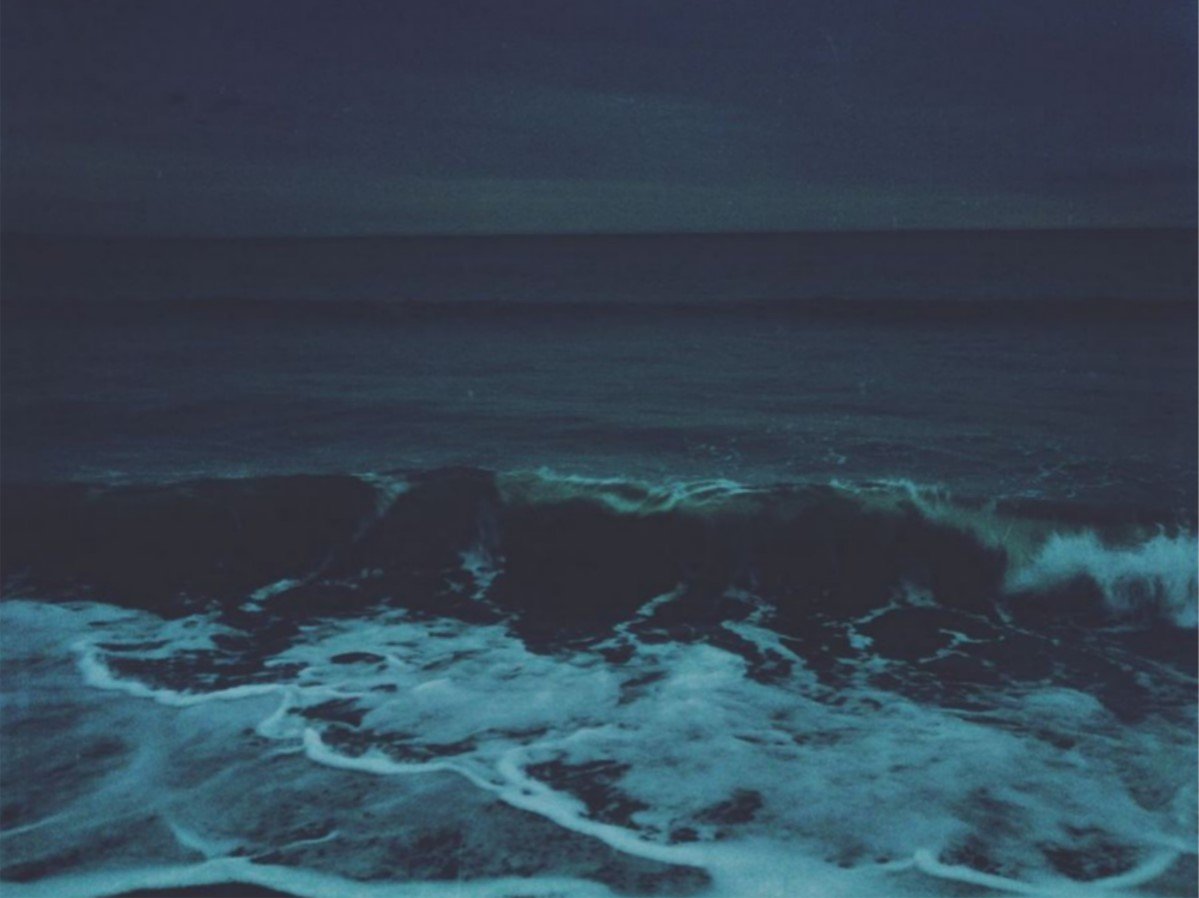
Source: Wildthorne/Pinterest
Captain Watson, who steered the USS Delphy that led the formation, couldn’t see enough to know that the ships were not in the San Diego channel as expected. Instead, they had strayed into the far northeast.
Two Ships Break Rank and Survive the Incident
Two ships refused to follow the lead of the guiding ship—the USS Somers and the USS Farragut. They saw the risk in Captain Watson’s decision to ignore warning radio signals and decided to abandon the course.
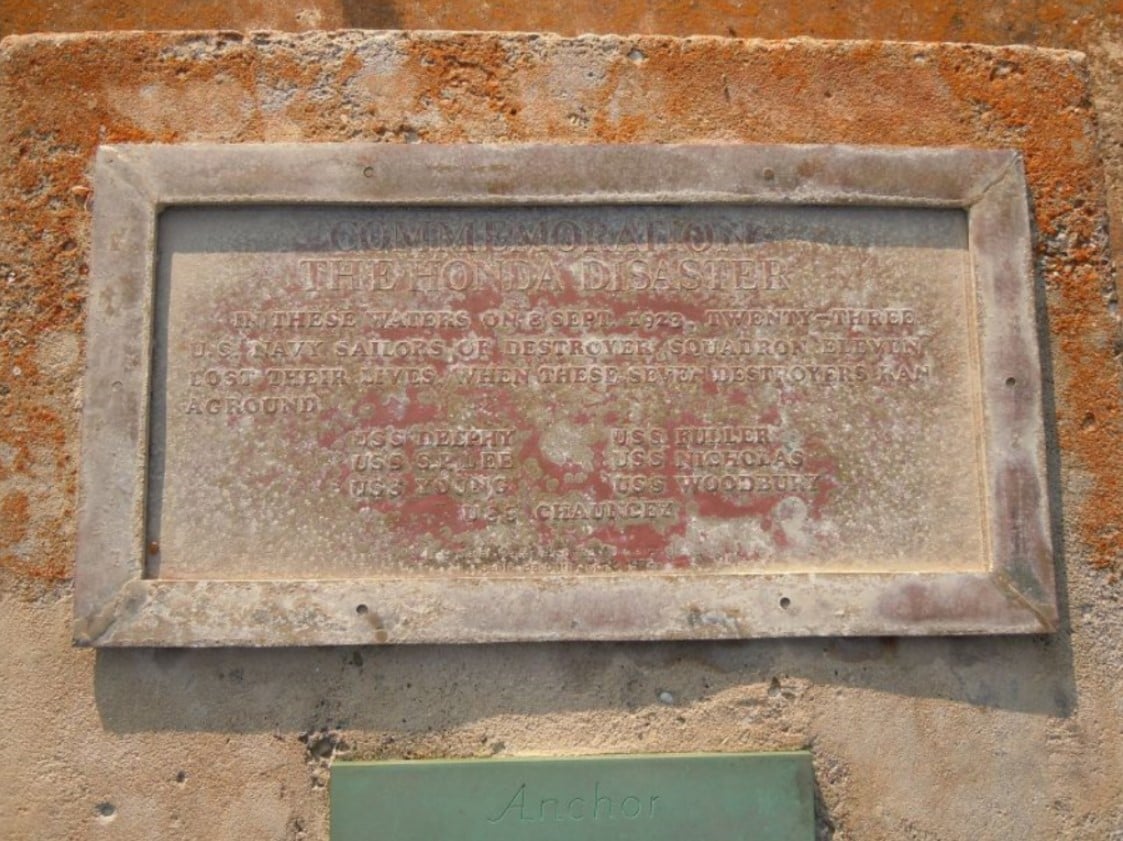
Source: Wikipedia
Even though they also got stuck in the rocky bay, they suffered minimal damage. A memorial plaque, the USS Chauncey’s sea bell, and the USS Delphy’s propeller shaft sit on the site of the incident to remind us of the story.
The Destroyer Fleet Destroyed Beyond Repair
The ships had the technology to send sound signals that would detect the depths of the water. But this feature only works when the ship is at a slow pace. The decision to maintain their speed cost them their safety.
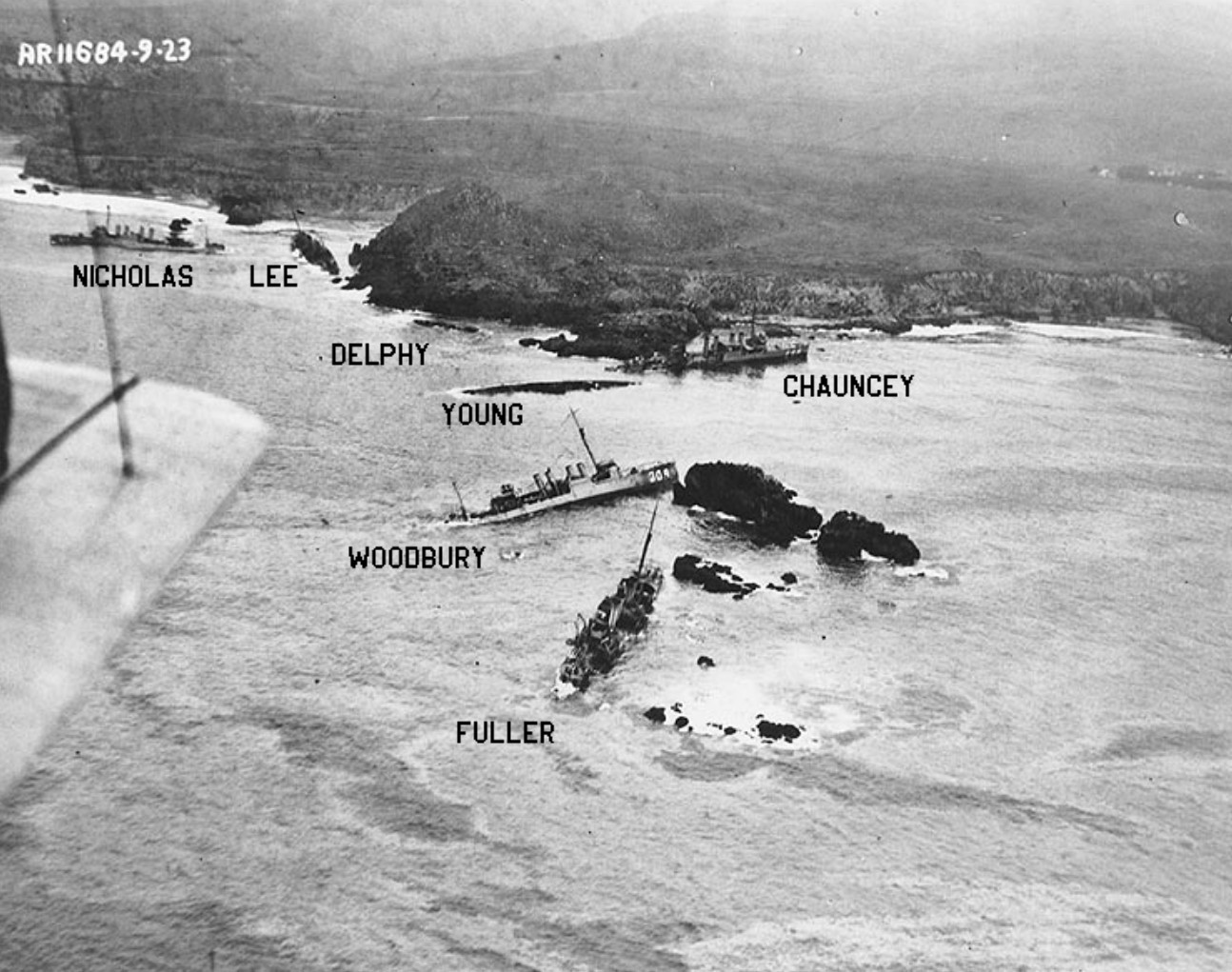
Source: Eightballbrian/Pinterest
In the court-martial that followed, Captain Watson took full responsibility for the incident. This noble action earned him the respect he is still celebrated with today.
